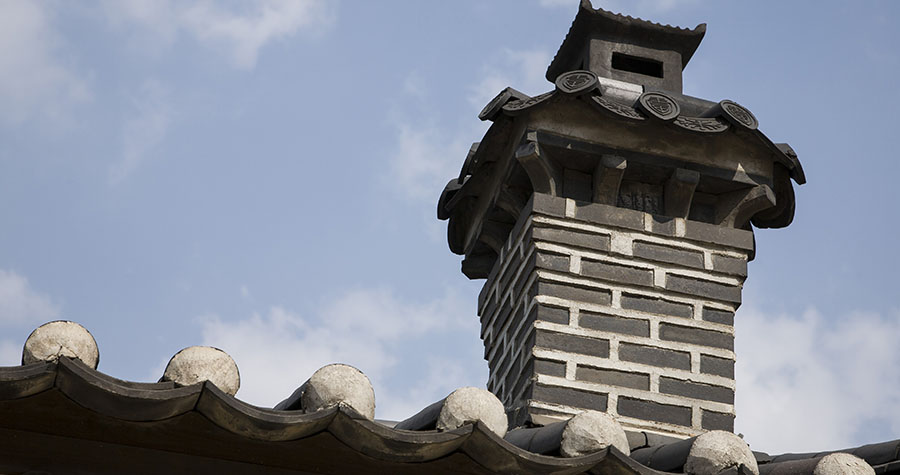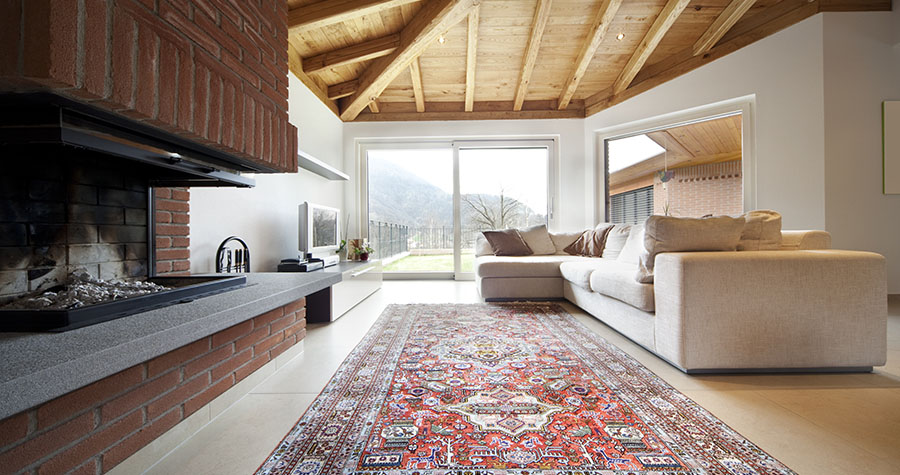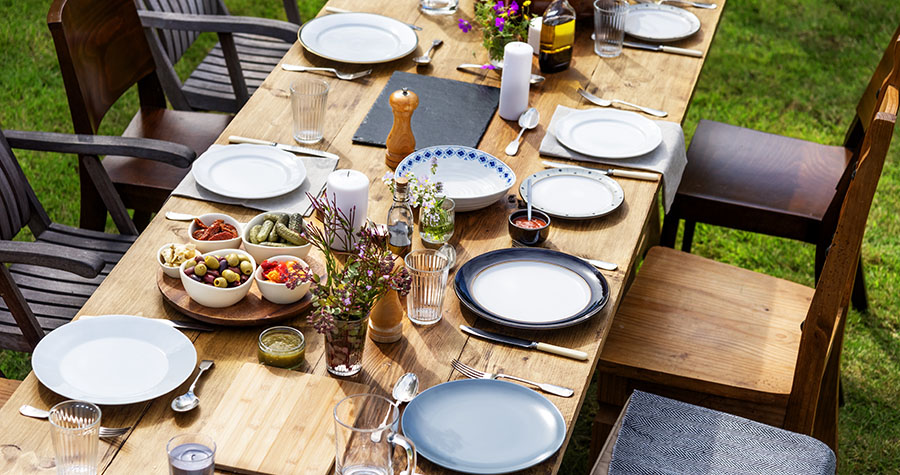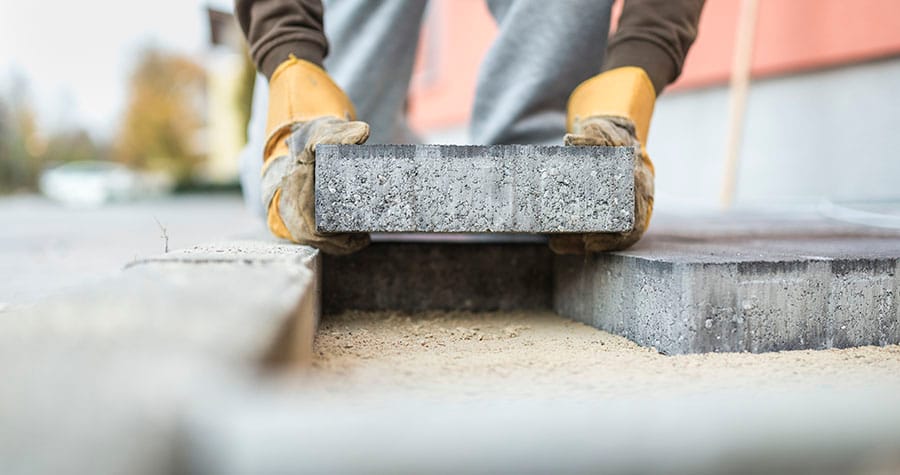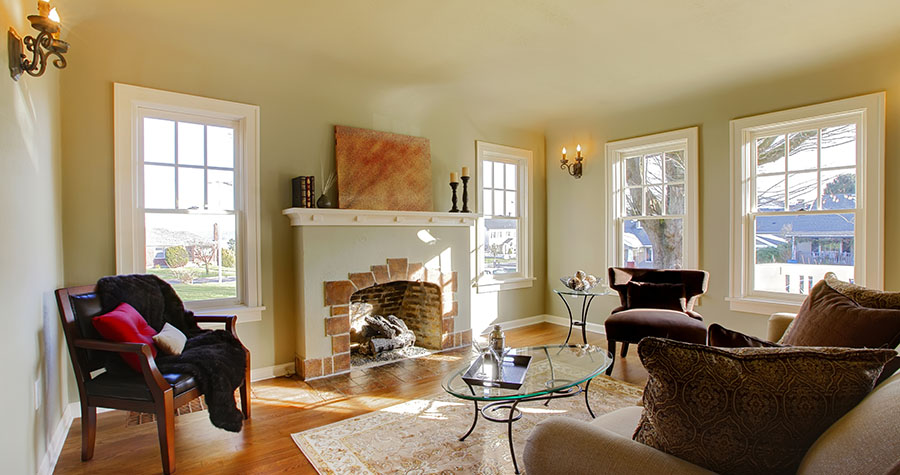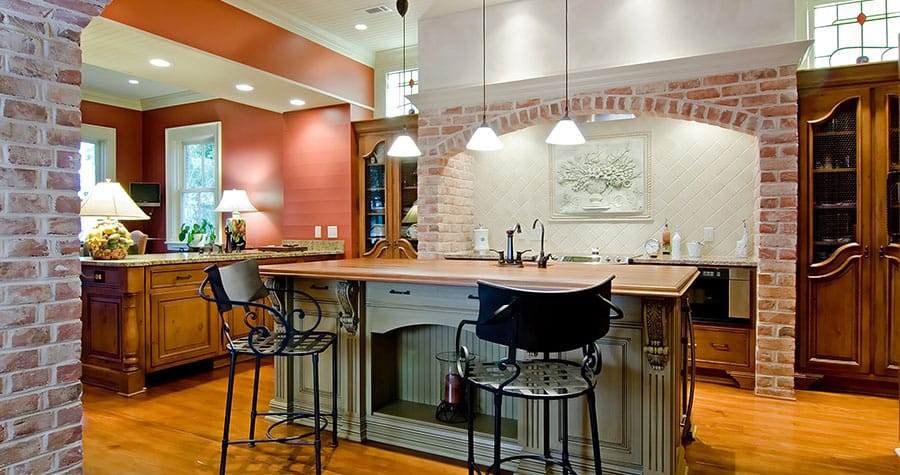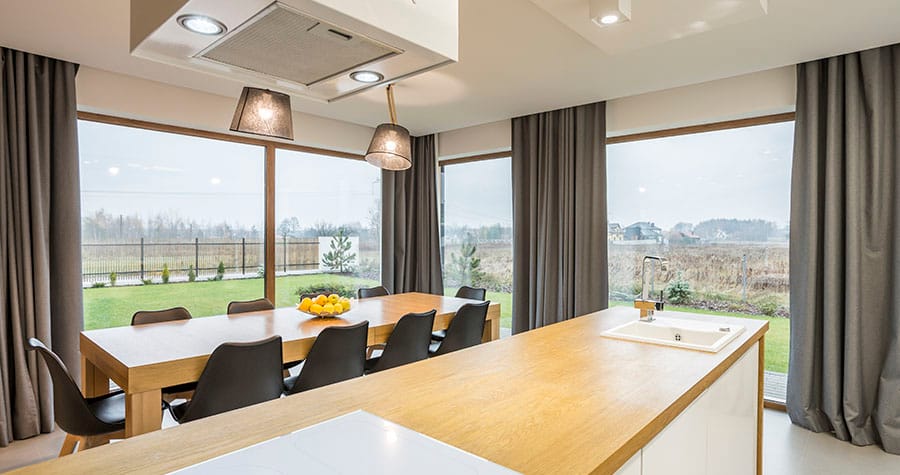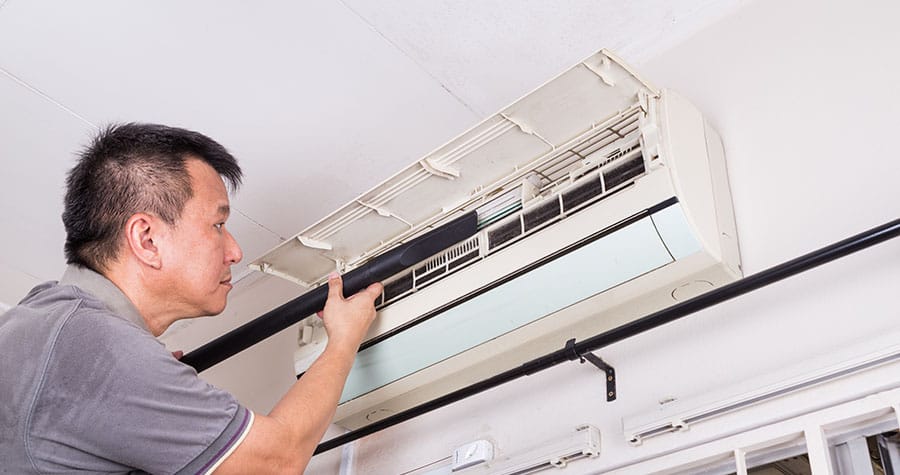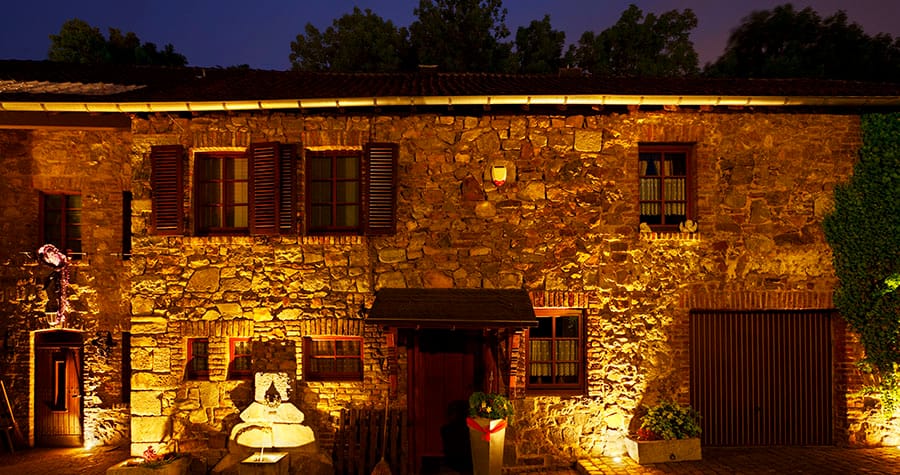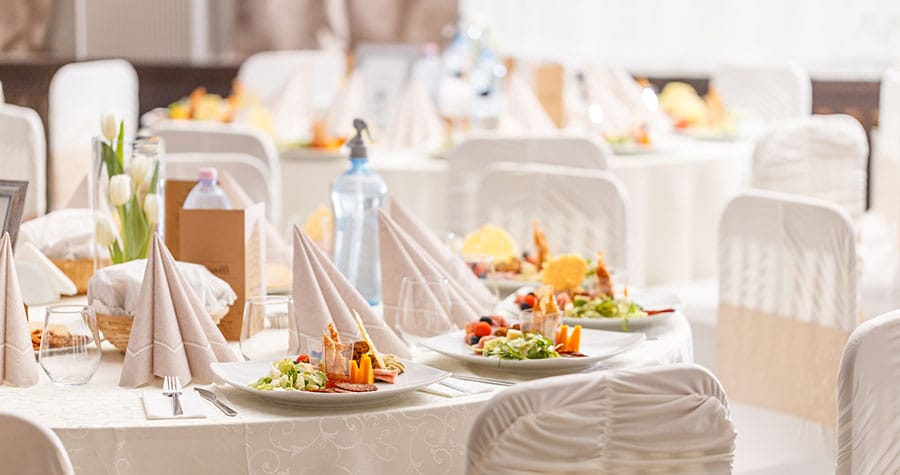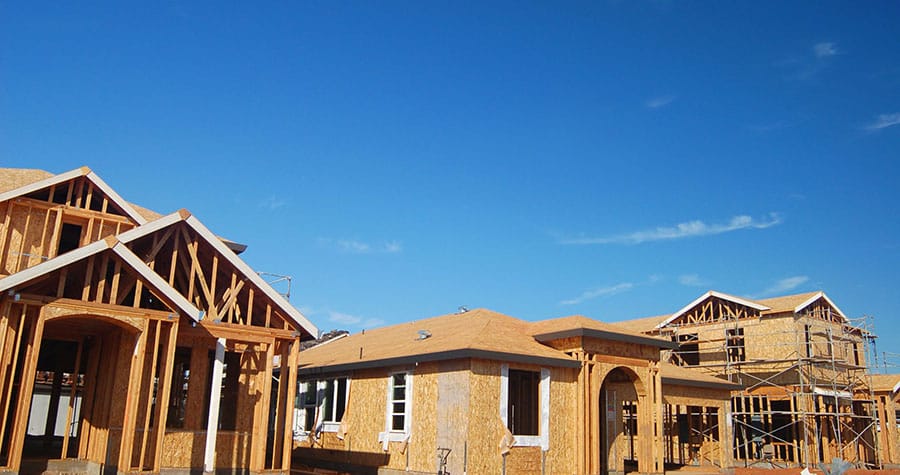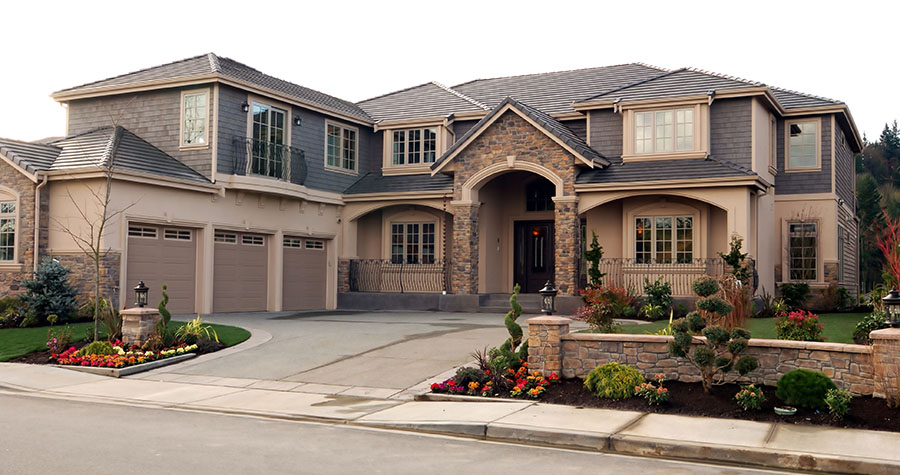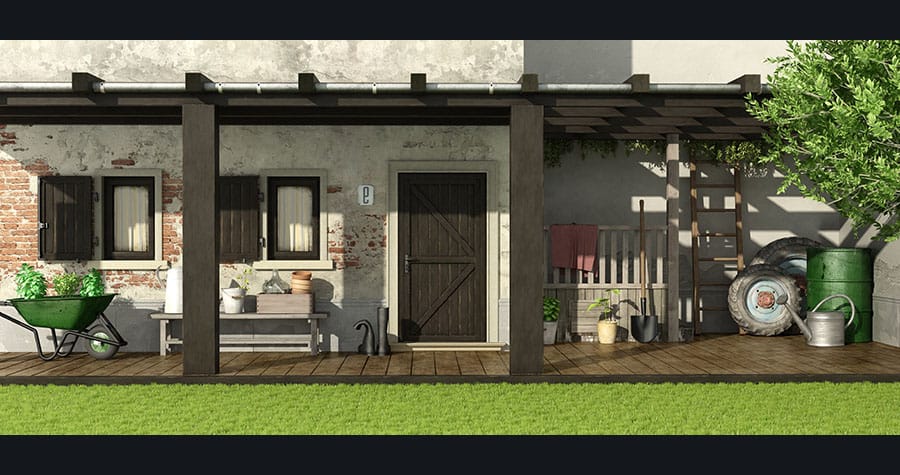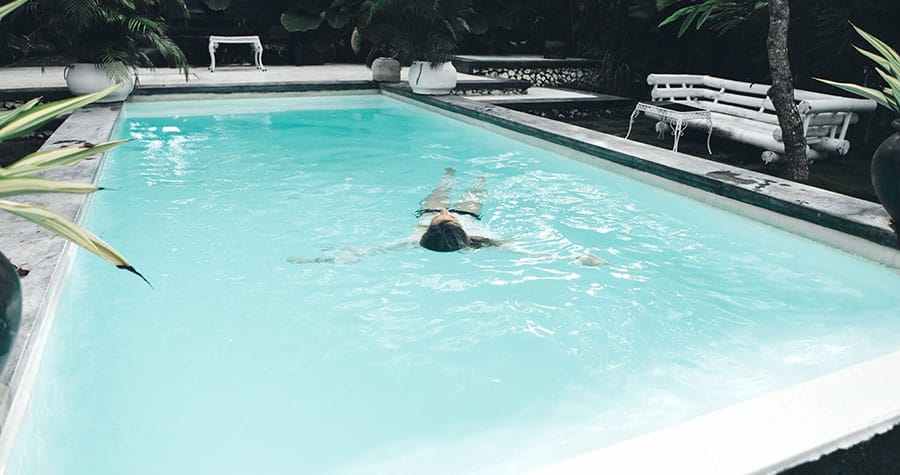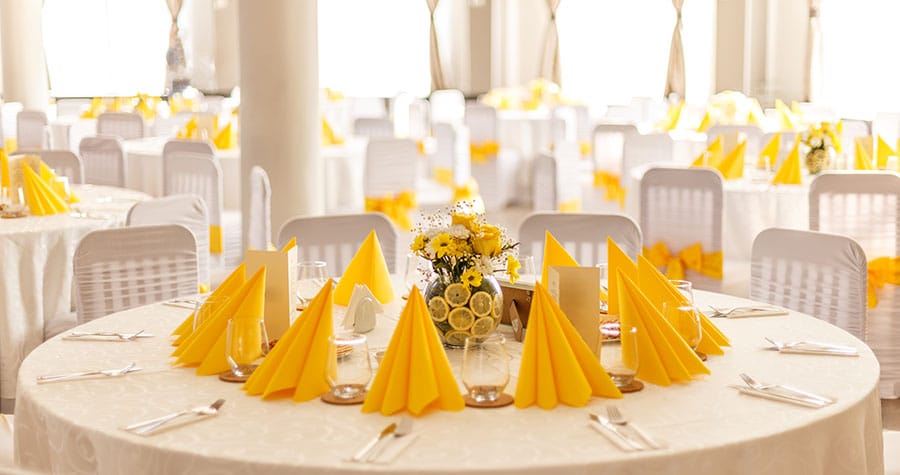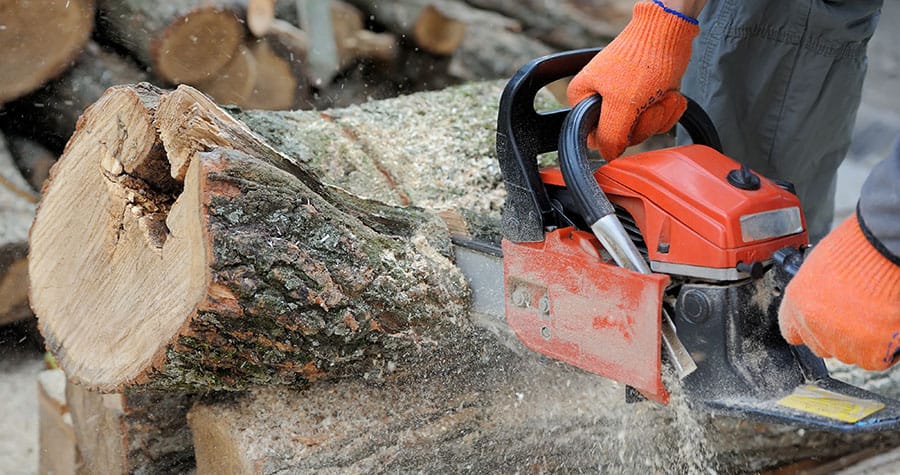Improving the curb appeal of your house is rewarding so you may be looking to paint your chimney to match your exterior. But you may wonder if it’s a good idea. Although many homeowners like seeing painted chimneys, there may have some risks involved. Plus, you may need to perform a chimney inspection before painting a chimney. We’ll discuss the disadvantages of painting a chimney and some chimney painting tips should you go ahead with the project.
How Chimney Spalling Occurs Due To Moisture?
Most chimneys in the US are made of bricks, mortar, cement, and stones. These materials are porous and allow moisture from the air to accumulate inside on warm days. But during cold nights and days, it freezes inside the material and causes spalling. For brick chimneys, it’s called spalling bricks.
Spalling is unavoidable and to a certain degree doesn’t harm the chimney as much. But if the moisture damage is increased or the chimney is old, the spalling bricks wear so much that they allow air inside the chimney as well. This makes the chimney a fire hazard and it must be repaired ASAP.
Painting A Chimney Traps Moisture Inside The Chimney
As we discussed chimney materials like bricks and concrete need to breathe to function properly. Breathing means that a small amount of moisture gets into the chimney through bricks, or due to rains/snow and air particles take it out. This cycle keeps on going.
However, getting a fresh coat of paint for your chimney improves its appearance, but it blocks your chimney. This leads to moisture getting trapped inside the chimney with nowhere to go.
Painting a chimney may not be a problem if the only means of moisture getting into the chimney was through bricks. But a reasonable amount of moisture reaches inside chimneys because of rain or snow. Due to this, when water reaches the chimney, it’s blocked.
Moreover, another way of moisture reaching the chimney is through condensation where warm air from the fireplace touches the cold walls of the chimneys which lead to dripping.
In summer, you won’t experience considerable problems with a painted chimney as the only issue would be increased mold growth. But in winter, the spalling process will speed up and lead to severe chimney damage.
How To Protect Your Chimney If You Want To Paint It?
There are some ways you can use to minimize the damage inflicted by painted chimneys.
Install Or Replace The Flue Liner
A flue liner is a tube installed inside a chimney connected to a fireplace or stove box. It carries the smoke from the fireplace to the opening of the chimney letting it get in contact with the walls of the chimney. Flue liners minimize damage to your chimney.
Furthermore, if you want to paint a chimney, a sound chimney liner will ensure that less amount of condensation affects the walls of the chimney. Due to this, less moisture will go inside the bricks or masonry and less spalling will occur.
Commonly, there are three types of chimney liners: clay tile liners, cast-in-place liners, and stainless-steel liners. The best liner material is stainless steel.
If you don’t have a liner, install a liner, but if you already have one installed, get it inspected by an expert to know about its condition. A common sign you need to replace your flue liner is condensation in the chimney. Moreover, you may find a buildup of shards and flakes in the fireplace when your chimney needs a relining.
Use The Right Type Of Paint
The paint used must be flexible and breathable to avoid moisture damage and to facilitate the natural contraction and expansion of chimney materials like bricks and masonry.
Premium latex paint is suggested for brick and masonry chimneys. Before coating the chimney with the paint, apply block filler which closes the pores of the chimney and makes it smoother.
For metal chimneys, the choice should be high-temperature latex paint as the metal heats up much more than other materials. Moreover, ensure that the primer you use is also heat resistant.
Conclusion
Painting a chimney has clear disadvantages and many experts don’t recommend it. If you do want to paint your chimney, have it inspected by a chimney contractor Columbia MD to know the condition of the chimney and more recommendations and precautions for painting the chimney.

